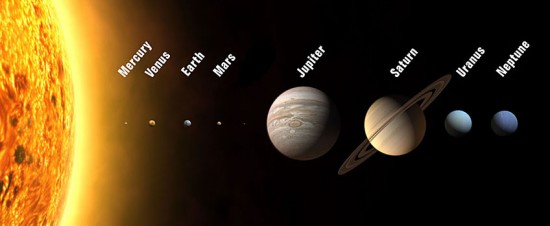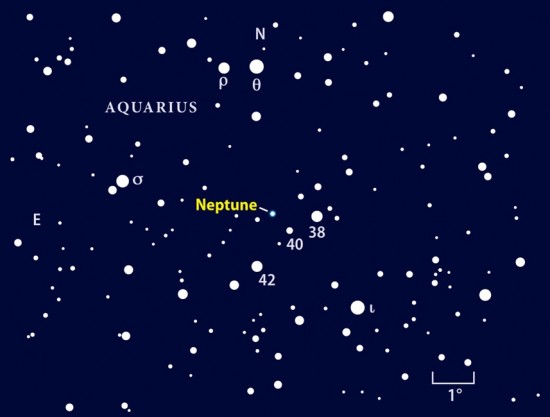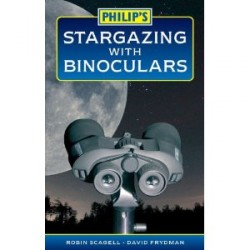Now is the best time to view Neptune with binoculars

Astronomy & Binoculars: Neptune
Many people assume that you need expensive telescopes to enjoy sights in the night sky not visible to the naked eye and whilst it is true that you will get much more detailed views with a quality telescope, there is still a whole lot you can do with a pair of specifically designed astronomical binoculars or even you normal terrestrial binoculars.
According to an article just published by the worlds best selling astronomy magazine, Astronomy, August will be the best time to see Neptune this year and what’s more you can see the most distant planet to earth by just using a pair of binoculars.
Whilst you cannot see Neptune with the naked eye as it is too dim and distant, it shines at a relatively bright magnitude of 7.8 which means you should be easy be able to spot it through binoculars or a telescope.
Why August?
Named after the Roman god of the sea, Neptune will be opposite the Sun in our sky on the 24th of August, or to put another way, it reaches opposition and thus giving it the year’s biggest and brightest appearance. It rises in the east at sunset, remains visible all night among the stars of Aquarius the Water-bearer, and sets in the west at sunrise.
For those who like numbers: Neptune will be 2,788 million miles (4,487 million kilometers) from the sun and 2,694 million miles (4,336 million km) from Earth. Huge numbers like these are impossible to understand, so astronomers like to think of them in terms of the “astronomical unit.”
One astronomical unit, or AU, is the average distance between the Earth and the sun (about 93 million miles, or 150 million km). So on Friday, Neptune will be almost 29 times farther from Earth than Earth is from the sun.
How to see Neptune
Towards the end of August Neptune can be easily spotted with just a pair of binoculars or a small telescope. Neptune appears in the same binocular field of view as the 5th-magnitude star 38 Aquarii; this area of the night sky has few other landmarks or bright stars and what you will see is a very small blue-green disk, not much larger than a pinpoint, but knowing that you are seeing the farthest planet in our solar system (Pluto has been reclassified as a dwarf planet) is really a special feeling.
Start with the triangular constellation Capricornus, just to the east of Sagittarius (to its left in the northern hemisphere), on the southern horizon around 1 a.m. at present in the northern hemisphere. Look for the two stars at the eastern angle of Capricornus’ triangle, Nashira and Deneb Algiedi. These two stars point leftward towards Iota in Aquarius. Use Iota and 38 Aquarii to locate Neptune, as shown in the chart (see below).
At the start of August, the planet lays 1.7° east of the star, but by the 24th, the distance shrinks to just 1°. The unusual blue-green color of Neptune is quite unlike any star which will help you to spot it.
So if you’ve ever wanted to spot Neptune for yourself, without expensive telescopes, this is your best chance, so make sure you don’t miss it! But if you do miss Neptune on the 24th, you can still use this chart at any time over the next few weeks because Neptune moves very slowly, gradually getting closer to 38 Aquarii. “It’ll definitely be worth your while to locate and ogle this planet,” says Astronomy Senior Editor Michael E. Bakich.

Neptune Chart Finder, Image Credit: Astronomy Magazine

 Article | Posted by Best Binocular Reviews
Article | Posted by Best Binocular Reviews 



 Categories:
Categories:  Tags:
Tags: 

